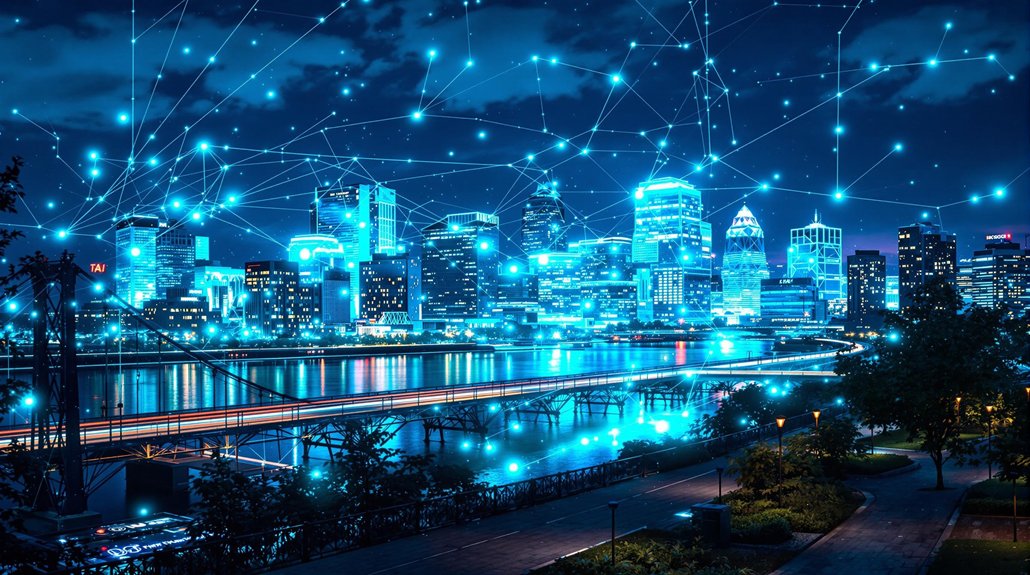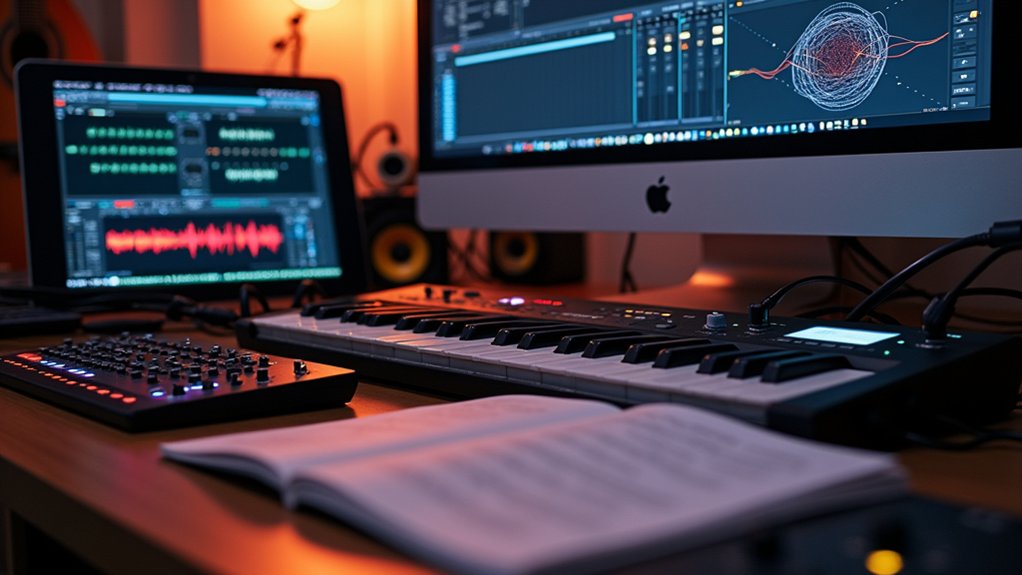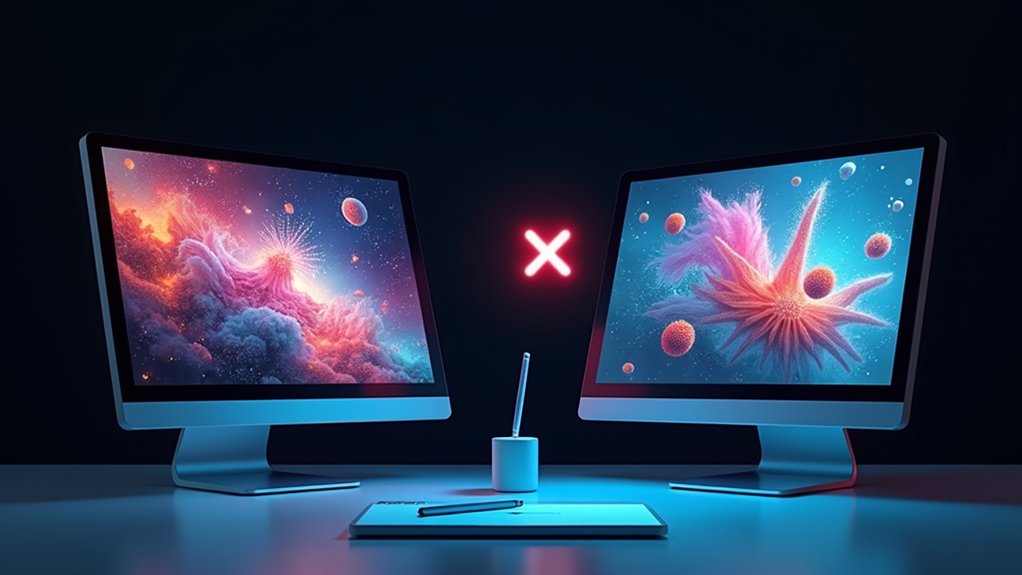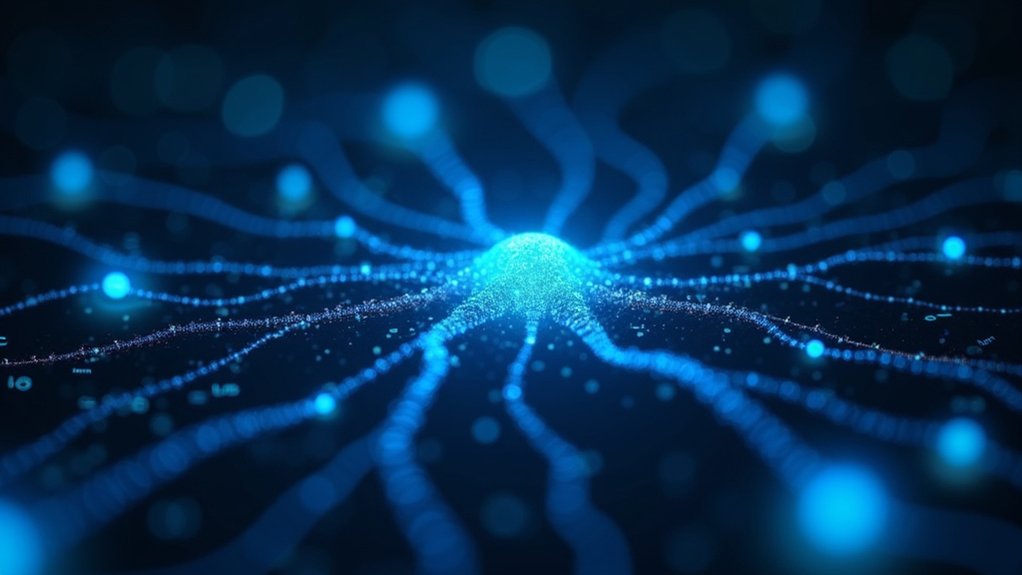The most advanced AI systems currently include Grok 3, GPT-4.0, Claude 3.7 Sonet, and Google Gemini 2.0. Grok 3 leads with massive computing power using 200,000 Nvidia GPUs and processing 250,000 tokens per query. These top models feature multimodal capabilities, handling text, images, and audio inputs with improved reasoning abilities. They’re reducing hallucinations while increasing factual accuracy. The AI landscape continues to evolve with specialized models offering unique strengths.
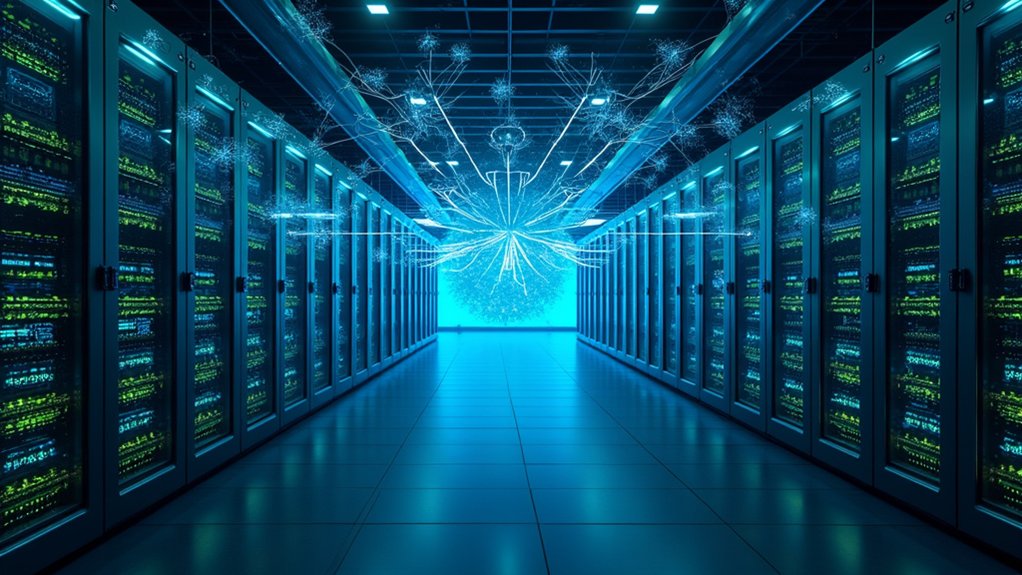
As artificial intelligence continues to evolve at a breakneck pace, the landscape of leading AI models has seen remarkable advancement in 2025. The competition for the most advanced AI has intensified, with several major players pushing the boundaries of what’s possible.
Grok 3 by xAI has made headlines as potentially the most powerful AI system. Launched this year with a massive boost in computing power from 200,000 Nvidia H100 GPUs, it processes 250,000 tokens per query and analyzes images with cited insights in under 10 seconds. Its score of 1,142 on ChatBot Arena puts it ahead of all other models.
Grok 3 harnesses 200,000 H100 GPUs to dominate AI rankings with unmatched processing power and speed.
OpenAI’s GPT-4.0 remains a strong contender with its multimodal capabilities. It processes text, image, and audio with improved context understanding and memory retention. The model shows enhanced reasoning while reducing hallucinations and increasing factual accuracy. The growing trend toward multimodal AI is enabling more intuitive interactions across different types of content.
Claude 3.7 Sonet from Anthropic excels at hybrid reasoning, blending quick answers with deep analysis. It efficiently handles coding and math tasks, processes 128,000 tokens at once, and scores 70.3% on the SWE bench for software fixes. The model leverages custom variables functionality to optimize its content structure and presentation for different use cases.
Google’s Gemini 2.0 brings advanced multimodal capabilities across various media types. It shows improved performance in complex reasoning and works seamlessly within Google’s ecosystem. The model also offers enhanced language understanding in multiple languages and utilizes deep learning techniques to model increasingly complex relationships in data.
DeepMind’s Agent Force 2.0 takes a different approach as a self-driven multi-agent system. It handles 10,000 decision points hourly and cuts project timelines by 25% through workflow optimization.
For specialized tasks, DeepSeek R1 focuses on software development, often outperforming human coders, while Perplexity AI dominates real-time research with 92% relevance in cited answers delivered in under 15 seconds.
Together, these models represent the cutting edge of artificial intelligence in 2025, each bringing unique capabilities to solve different kinds of complex problems.
Frequently Asked Questions
Is Artificial Intelligence Dangerous to Humanity?
Experts are divided on whether AI poses a danger to humanity. Current AI systems can perpetuate bias, enable sophisticated cyberattacks, and create deepfakes.
Some researchers warn about potential future risks from superintelligent AI that might not align with human values. The lack of thorough regulations worldwide remains a challenge.
Efforts to mitigate risks include developing safety protocols, increasing transparency, and implementing ethics oversight mechanisms.
How Do I Access These Advanced AI Systems?
Access to advanced AI systems varies by type.
Public platforms like ChatGPT and Claude are available through websites with free and paid options.
Enterprise solutions require business accounts with Microsoft Azure, AWS, or Google Cloud.
Research partnerships offer academic access through formal programs.
Developer tools like Hugging Face and TensorFlow are open to anyone with technical skills.
Most consumer-grade AI services only need an internet connection and basic registration.
What Education Do I Need for an AI Career?
AI careers typically require a bachelor’s degree in computer science, data science, or related fields.
Around 35% of positions demand a master’s degree for deeper specialization. Research roles often need a PhD, with 26% of jobs requiring doctoral-level education.
The field values continuous learning through certifications, online courses, and workshops. As AI evolves rapidly, professionals must constantly update their skills beyond formal education.
How Much Does It Cost to Use Advanced AI?
The cost of advanced AI varies widely.
Personal users can access services like ChatGPT Plus or Claude Pro for $20 monthly.
Companies using AI APIs pay by usage, with costs ranging from $0.002 to $0.06 per 1,000 tokens.
Enterprise AI solutions are much pricier, starting at $75,000 for custom models and reaching over $1 million for complex systems.
Many platforms also offer free or freemium options.
Can AI Replace Human Creativity and Intuition?
AI can enhance creativity but can’t fully replace human intuition.
Recent studies show 51% believe AI amplifies creativity, while 41% think it limits it.
AI lacks human emotions, experiences, and cultural understanding that fuel unique perspectives.
While AI automates repetitive tasks and generates ideas, experts suggest the future lies in collaboration—combining AI’s data processing with human emotional resonance and intuition.

